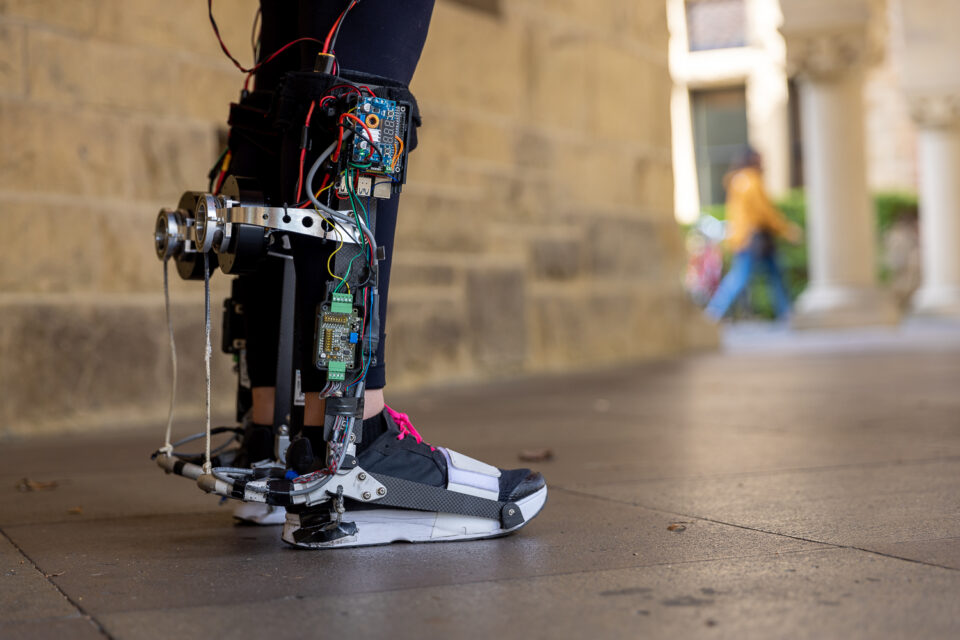Imagine a future where mobility issues are no longer a limitation, but rather a challenge that can be easily addressed with innovative technology. The realm of robotics is rapidly pushing boundaries, particularly in the development of exoskeletons designed to enhance the lives of those with limited mobility. A recent groundbreaking project from Stanford’s Biomechatronics Laboratory has taken significant strides in this field, culminating in a robotic boot that offers personalized assistance to its wearers. This innovation not only promises to make strides in mobility but also sets the stage for commercial possibilities in the near future.
Pioneering Research in Exoskeleton Technology
The foundation of this robotic boot was laid through rigorous research and experimentation, characterized by years of simulations and laboratory trials. Recently published in the esteemed journal, Nature, the work reflects a commitment to improving the lives of those facing mobility challenges. Head of the Biomechatronics Laboratory, Steve Collins, highlights the boot’s purpose: “This exoskeleton personalizes assistance as people walk normally through the real world.”
A Revolutionary Approach to Mobility Assistance
- The personalized assistance is key to its effectiveness. Instead of performing the act of walking for the user, the robotic boot reduces the resistance that often impedes mobility.
- This innovative technology has demonstrated remarkable results: users can walk 9% faster and expel 17% less energy per distance traveled compared to conventional footwear.
- Collins elegantly compares the boot’s functionality to lifting a burdensome “30-pound backpack” off the user, showcasing the tangible benefits of this innovation.
Impressive Metrics and Future Prospects
What makes this robotic boot stand out among its peers in the exoskeleton category? According to Collins and his team, the numbers speak for themselves. In clinical tests located on treadmills, the boot has shown to provide twice the reduction in effort than previous devices. This remarkable achievement is the culmination of nearly two decades of dedicated research, and has significant implications for those who experience mobility issues.
Commercialization and Ongoing Innovations
Stanford’s team is not resting on their laurels after achieving these significant advancements. They are actively working on the commercialization of the robotic boot, preparing to take their innovative product beyond laboratory walls and into the marketplace within the next few years. Moreover, they are exploring variations on the existing hardware aimed at further enhancing balance and alleviating joint pain for users.
The Bottom Line: Bridging Technology and Quality of Life
The development of Stanford’s robotic boot exemplifies how advanced robotics can be harnessed to enhance quality of life for individuals with mobility impairments. As more research is conducted and the technology becomes available for wider use, we may well see a substantial impact on the lives of many, facilitating not only increased mobility but also greater independence.
At **[fxis.ai](https://fxis.ai)**, we believe that such advancements are crucial for the future of AI, as they enable more comprehensive and effective solutions. Our team is continually exploring new methodologies to push the envelope in artificial intelligence, ensuring that our clients benefit from the latest technological innovations.
For more insights, updates, or to collaborate on AI development projects, stay connected with **[fxis.ai](https://fxis.ai)**.

